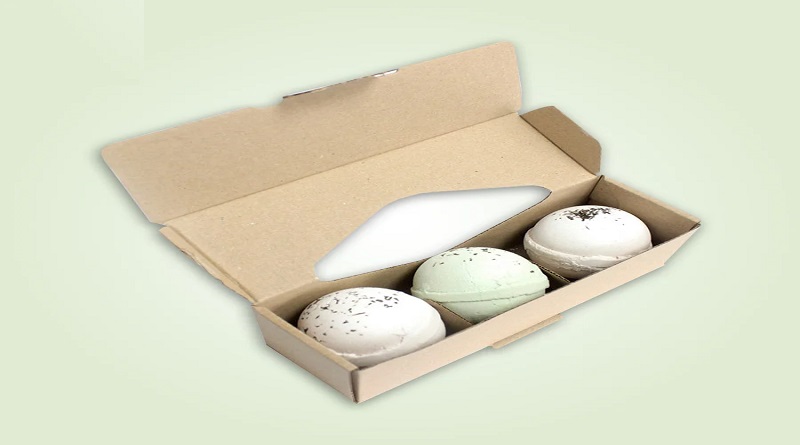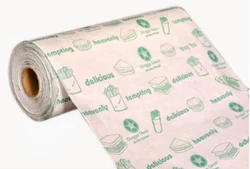How Does Custom Butter Paper Impact The Environment?
With sustainability increasingly becoming a key issue amongst both the consumer front and businesses themselves, the material used to pack the products is re-examined in terms of its environmental impact. Custom butter paper is one of these products that has become popular because of its usefulness and looks, especially within the food industry.
However, is this seemingly harmless product so ecologically friendly? It becomes clear, when one knows the way it is manufactured, utilized, and discarded, the environmental cost of this is very big. Through decomposing its structure, advantages, and restrictions, we would have a better understanding of whether it favors or opposes sustainable practices.
Origin and Composition of the Material
Butter paper is easily mistaken with wax paper or parchment, but there are differences between it and those two. It is composed mostly of cellulose fibers, though they might be combined with non-biodegradable coatings to render grease resistance. Among the things done when the companies choose to customize the butter paper for baking is the addition of inks, dye, or coating, a procedure that makes it complex in the recycling process. Though the simple, le uncoated paper can be composted, the materials modified do not decompose well in nature.
Sustainability and the Production Chain
Butter paper sheet production uses energy, water, and raw wood pulp. Not all butter paper manufacturer who are considered to be sustainable use recycled material or govern the forests they use. In the process of manufacture, chemicals used tend to be of a bleaching nature, and the addition of a coating that prevents penetration. Such measures not only demand additional energy but also produce emissions and toxic waste.
Role of Print and Branding
In the current competitive market, food companies tend to use printed butter paper in order to increase brand identification. But generally, printing resorts to petroleum inks or even chemical dyes to print, thus, yet another environmental complexity is involved. On the one hand, soy-based or water-based inks are not considered harmful, though they have yet to become an industry standard. This paper has branding that can interfere with its biodegradability and even cause microplastic or toxin leaching into the soil once discarded carelessly.
Baking Industry and Its Waste Contribution
A huge consumer of this paper is the baking sector, and it is impossible to bake without the use of butter paper for baking, which is used in panning and wrapping products. Although it can resist moisture and grease, the paper is single-use most of the time. It therefore implies that every day, millions of sheets are released into the landfill in most cases without even segregation into biodegradable waste. It is always dependent on how many materials were processed when they are in a landfill, in terms of whether they will break down or not.
Disposal Challenges and Recycling Limitations
When it comes to getting rid of a butter paper roll, it is not as easy as throwing a thing into a recycling bin. Recycling plants do not accept the paper that has absorbed oils or contains coatings. Additionally, the biodegradable ones will not be effectively broken down in the absence of a structure to contain composting in areas that lack composting infrastructure. The end-of-life phase is one of the major weak points in the lifecycle of butter paper, since its municipal waste systems are still not able to process specialized types of paper.
Branding Pressure and Eco-Innovation
Contemporary companies tend to order special printed butter paper with the company logos or messages, and advertising drawings. Even though this increases brand value, it once more raises the issue of an increase in waste, particularly when the inks are not plant-based. Even such variations as Custom printed papers used in small cafes or delis, boosted the cumulative environmental stress in case they are not responsibly sourced. Nowadays, some environmentally aware companies collaborate with environmentally sensitive paper butter manufacturers to make recyclable or compostable versions that are niche products due to the higher prices.
Conclusion
When it comes to considering the environmental impact of custom butter paper with a logo, it is apparent that the sustainability of this product is mainly dependent on material sourcing, manufacturing techniques, and disposal. On the one hand, it can perform necessary tasks in the food industry, i.e., presentation and hygiene, but on the other hand, its expanding applications raise justified ecological issues.
It is important to source suppliers who have an environmentally friendlier drop-off and to inform end-users on the correct disposal. Eco-innovation can be scaled up when more companies cooperate with a responsible butter paper manufacturer. Ultimately, though, conscious consumption and production a very important aspects towards ensuring that custom paper is no longer an environmental burden but a greener option when considering packaging.




